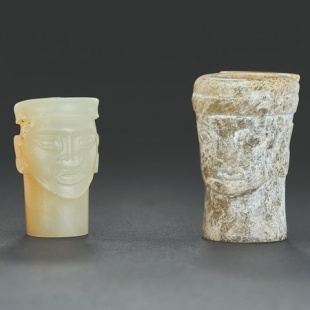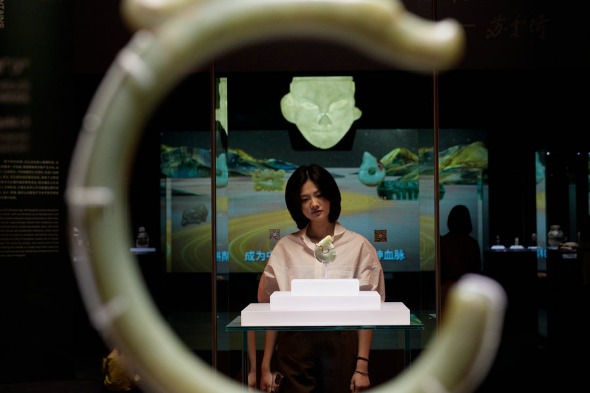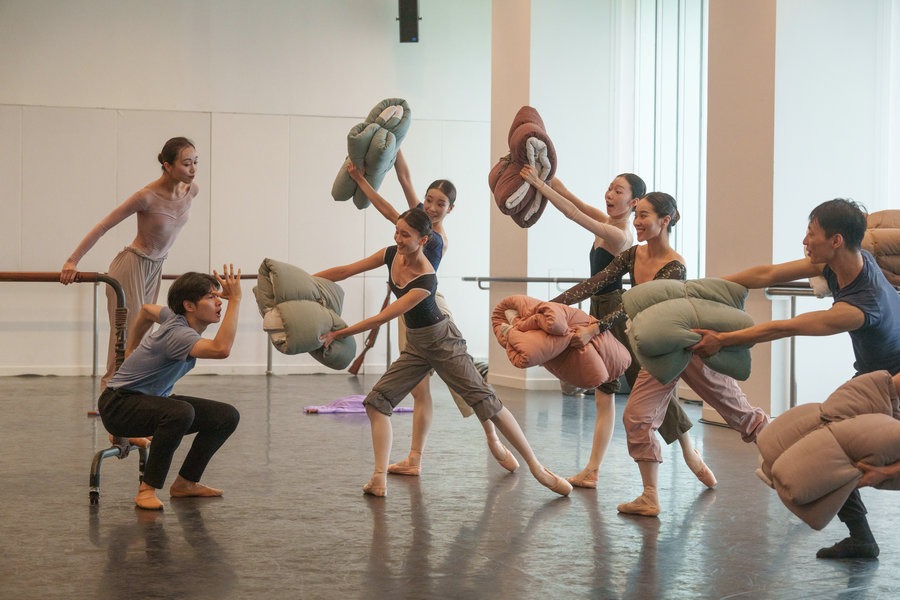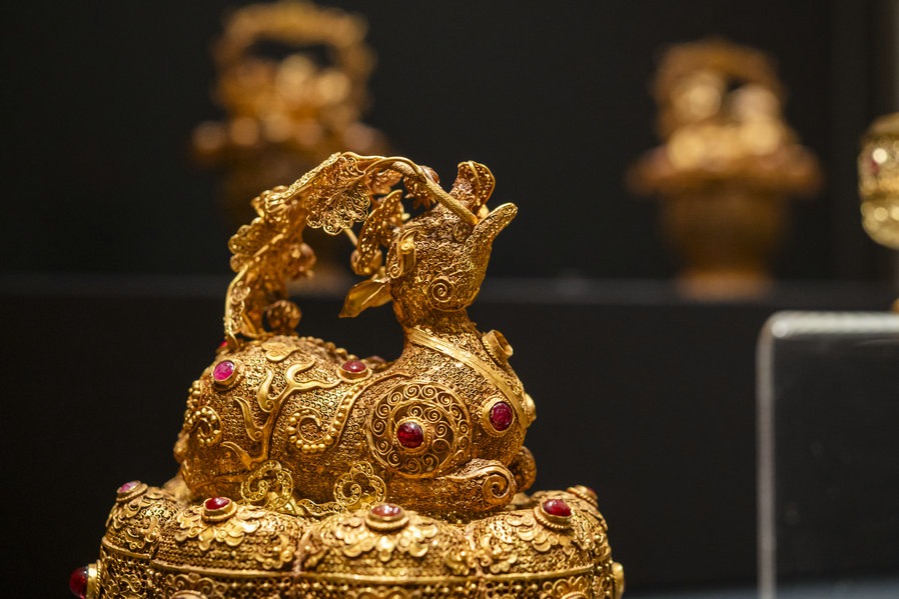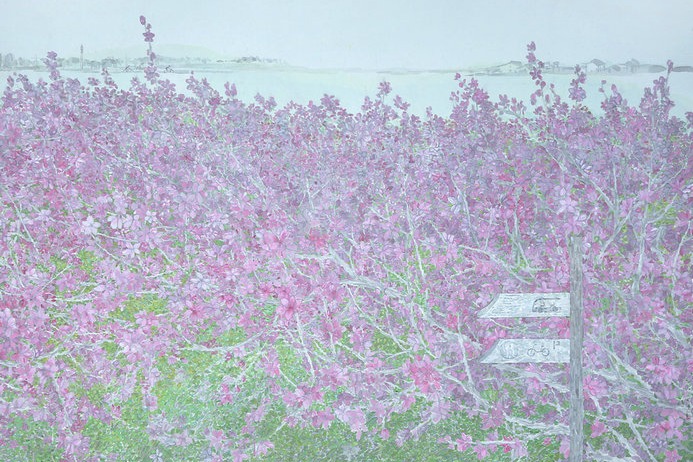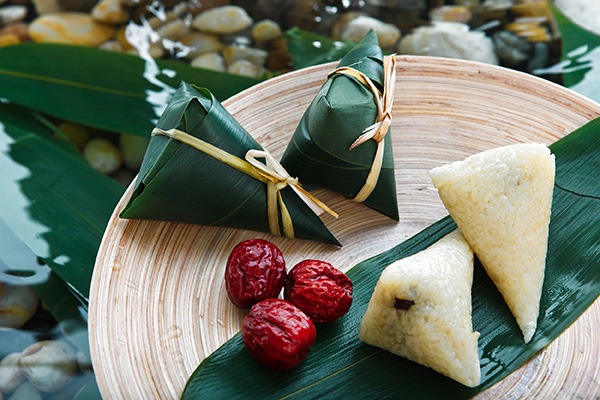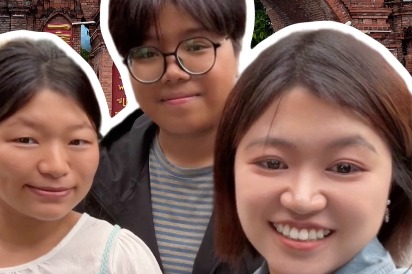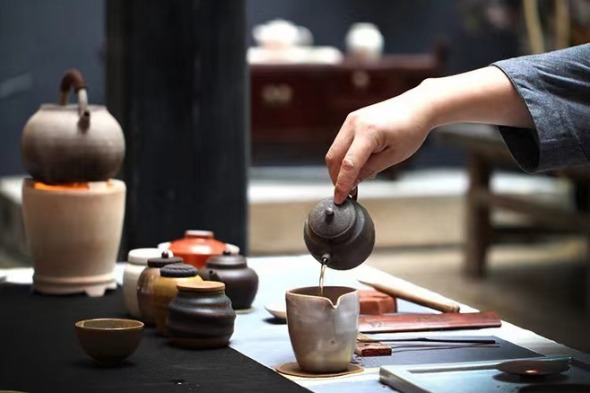Sculpting a civilization
Intricately crafted jadeware, dating back four millennia, helped carve out a blueprint for China's earliest societies, Deng Zhangyu and Zhou Lihua report in Wuhan.

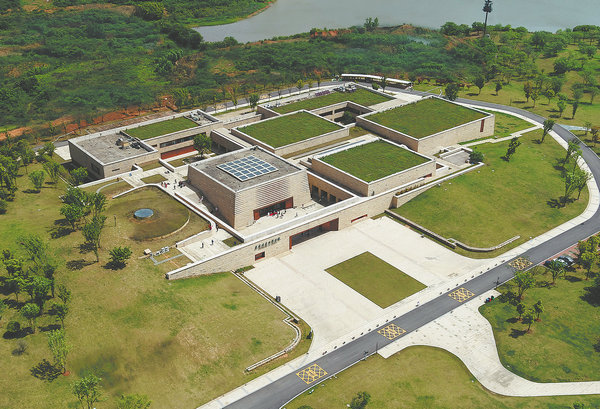
To allow visitors to view the reverse side of certain jade objects, the exhibits are arranged at an angle. Upon closer inspection, visitors can discern that the intricate lines were not merely drawn, but meticulously sculpted and carved.
"We don't know how the Neolithic people made these exquisite jade items in such a small size. They're so marvelous," says Cheng.
This exhibition is the first dedicated showcase of jade artifacts from the Shijiahe culture, which boasts an enduring culture spanning around 2,000 years. The Shijiahe site in Tianmen is recognized as one of the largest cities of its time in the country, with the greatest number of surrounding settlement clusters in the middle reaches of the Yangtze River during the late Neolithic period.
To date, only several hundred jade objects of Shijiahe culture have been unearthed, and are scattered among the collections of various museums across the nation. Some cultural institutions possess only two or three pieces, and have loaned them out to support the exhibition.
"We are really thankful to those institutions for supporting us. We all know it's an important and challenging exhibition. Visitors will be able to understand the unity of Chinese civilization through the development of its jade culture during that prehistoric period," says Wan.
In recent years, the Panlongcheng Site Museum in Wuhan has been devoted to presenting high-quality exhibitions to the public. These carefully curated exhibitions are ticketed at 30 yuan ($4), setting them apart from the permanent free displays available to the public. Most of China's museums charge no fee for entry. Since the museum opened to the public in 2019, it has held two such dedicated exhibitions every year.
"We are aiming to cultivate niche markets and audiences, particularly those who have a deep understanding of culture and archaeology. These discerning individuals are the targeted audience for these high-quality exhibitions, which focus on illustrating the stories behind these relics," explains Wan.
The museum is located at the Panlongcheng site, where excavation is still ongoing and many of its team members are young archaeologists who have great passion for their career.
"Our team will keep presenting shows focusing on the culture in the middle reaches of the Yangtze River," says Wan.


